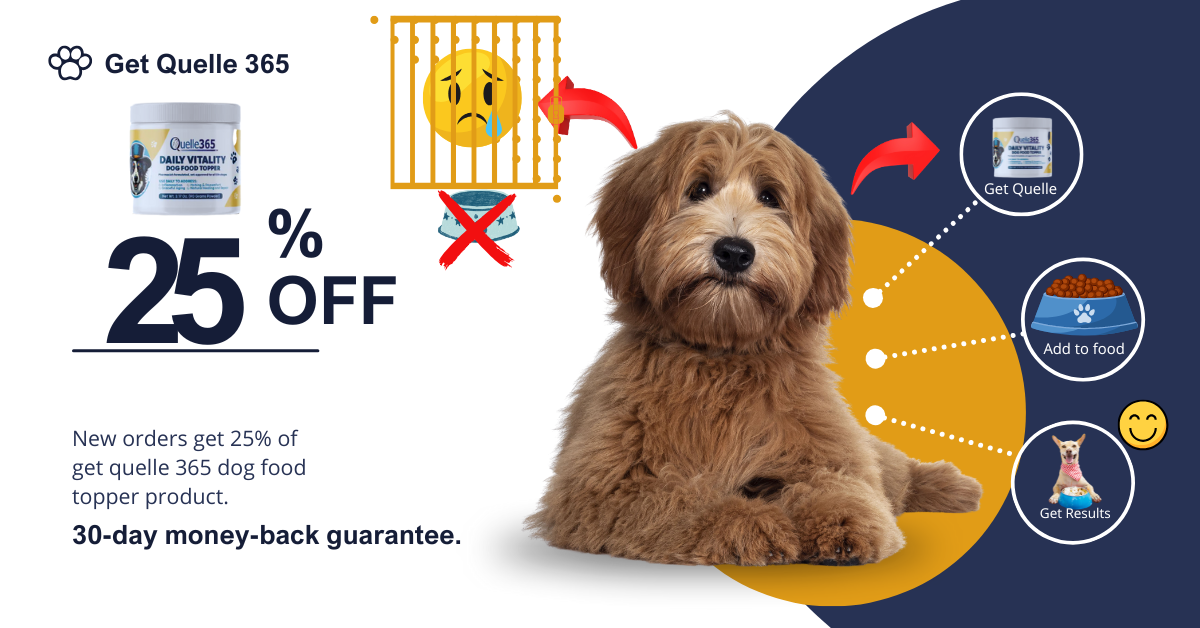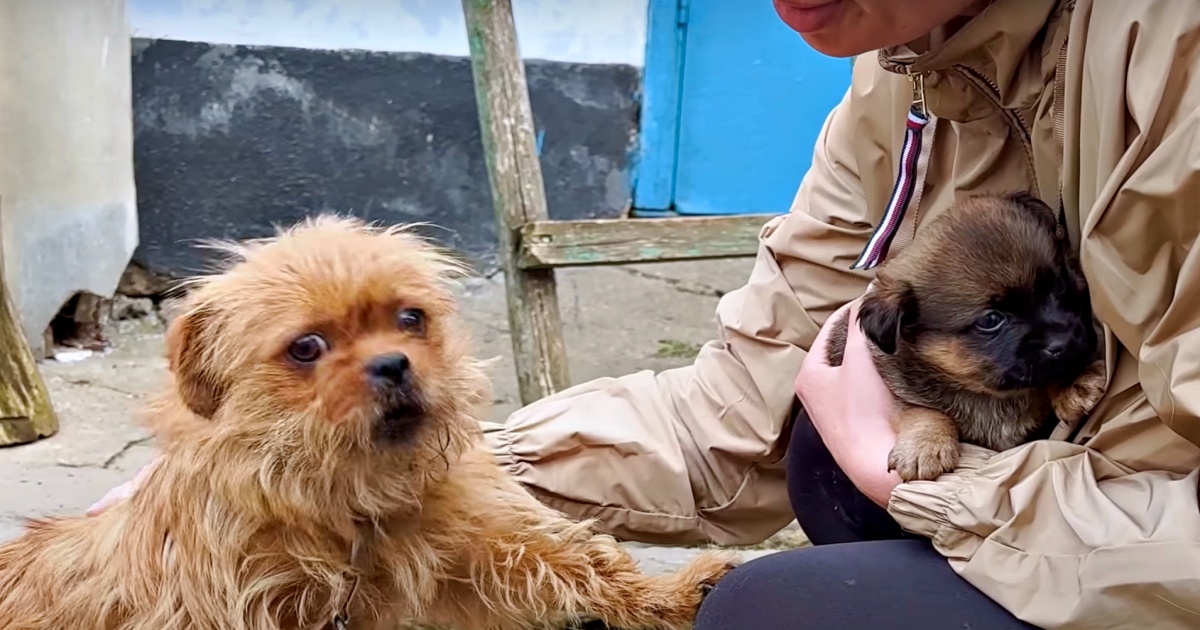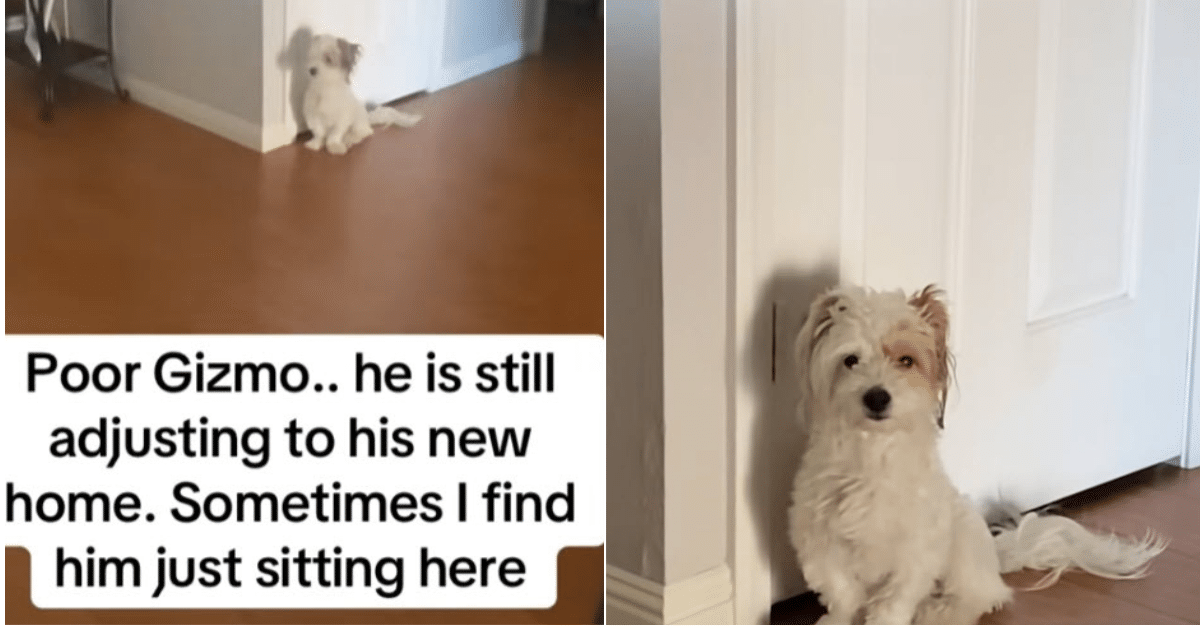Very few discussions of analytical methods generate such passionate debates as the peroxide value (PV) test. This is a passion that many of the industry experts have in common. The best way to measure early markers of oxidation is a hotly debated subject. Today, every single industry applies its preferred methodology to measure PVs. Unfortunately, most of these different methods often produce different results. Some of these differences are small, while others can be quite large. This can result in conflicts between a pet food customer and an ingredient supplier. This hurts commercial relationships and costs the industry significant sums of money. These issues also slow down and add confusion to the industry's supply chain.
Many of our industry experts have joined and are working together to find a solution. We have brought industries and academia together to find a better way and solution to the PV issue, including pet food, rendering, antioxidant suppliers, commercial labs, equipment manufacturers, and universities under the Pet Food Alliance (PFA) umbrella to find a solution. The PFA is helping to finance the initiates with the end goal of harmonizing and standardizing the PV method. The PFA created a Quality and Oxidation working group (WG) and has started the journey to fix a method that many have felt would never be fixed.
The WG is composed of 13 industry-recognized technical experts led by Bruno Chauvet, global material science program lead at Mars Pet Nutrition, who worked on detailing the steps and method differences used by each industry that would need to be assessed to define the most accurate and representative method that can be mutually agreed upon. For now, eight critical steps have been identified, each with two to three variables identified and prioritized. Because the combination of those variables would be overwhelming (more than 100 experiments), Ben Bowen, global CLS and technical services director at Kemin Industries, used the group collective intelligence to optimize the number of experiments necessary to about 10. For the first stage, the design of those experiments and expectations from the WG are detailed in the Request for Project (RFP) that the PFA committee will review and submit to universities in the next few weeks for quotation. The group expects to share the progress of the study on the upcoming 2025 Pet Food Alliance Spring Seminar, so mark your calendar now!
This progress would not have been possible without our industry's leading experts, who have dedicated their time and effort to work on this critical issue. A special thanks for making it happen to Alicia Moore, corporate lab manager at Darling Ingredients; Ben Bowen, global CLS and technical services director at Kemin Industries; Chris Gloger, senior account manager at Kemin; Don Tribby, account manager at IFF; Josh Lankford, senior sales account manager rendering at Kemin; Juan Henriquez Vives, pet food quality manager at Cargill; Kathryn Lown, CLS lab manager at Kemin; Min Hu, senior principal scientist at Wilbur-Ellis; Namal Senanayake, scientific manager at Camlin Fine Sciences; Robert Jones, associate director FSQA at Tyson Foods; Shangshang Wang, food scientist at Tyson Foods; Shannon Conrad, director of market management at Brucker Optics; and Jacob Swann, supplier quality assurance at Mars Pet Nutrition.
If you are interested in learning more about the WG and RFP please contact the chair, Bruno Chauvet at Bruno.chauvet@effem.com.
If you would like to know more about the PFA please reach out to Jennifer Martin at Jennifer.Martin@colostate.edu.
The Pet Food Alliance (PFA) is a joint initiative facilitated through Colorado State University and funded largely by the Fats and Protein Research Foundation. The primary mission of the alliance is to guide industry research and develop implementable solutions by uniting representatives across the rendering and pet food industries.





